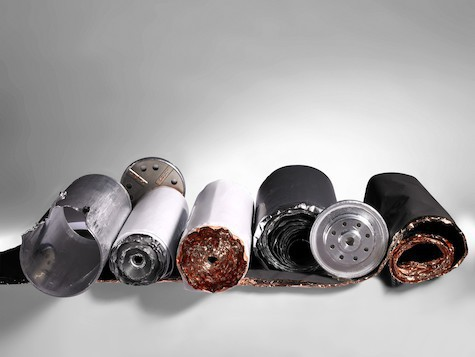Project Overview
Transport is responsible for around a quarter of EU greenhouse gas (GHG) emissions, and more than two thirds of transport-related GHG emissions are from road transport. Countries around the world are betting on EVs (electric vehicles) to meet sustainability targets and reduce GHG emissions. Batteries are considered as the heart of EVs, and currently EU-based car manufacturers import around 90% of the batteries from Asian companies. New materials and processes are required if the EU wants to catch up with Asian battery manufacturers. SAFELiMOVE aims to support a market-driven disruptive technology change towards high energy density batteries (up to 450 Wh/kg or 1200 Wh/L) and improve safety in a cost-effective manner. To achieve this, SAFELiMOVE delivers innovations in five technology areas:
- development of nickel-rich layered oxide cathode materials;
- high specific capacity, lithium metal anode materials;
- advanced hybrid ceramic-polymer electrolyte with improved ion conductivity at room temperature;
- interface adoption for effective Li transport by surface modification and/or over-coatings;
- and knowhow creation for the development of scale up production of all-solid-state batteries.
Through these innovations, the batteries developed within the framework of SAFELiMOVE will be of a higher energy density of 450 Wh/kg, will allow for faster charging and will have a longer cycle life.
SAFELiMOVE gathers key European actors in the battery sector, from industrial materials producers, to R&D centers and automotive industry, covering the complete knowledge and value chain. SAFELiMOVE will not only strengthen the R&D in the energy and automotive sectors but especially the European industry in these fields.
Acronym: SAFELiMOVE
Duration: 48 months
Start date: 1 January 2020
Total budget: 7.8M
EC Funding: 7.8M
